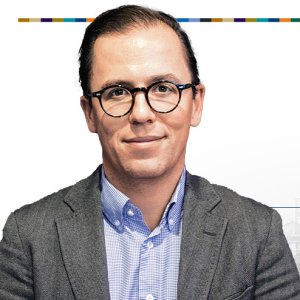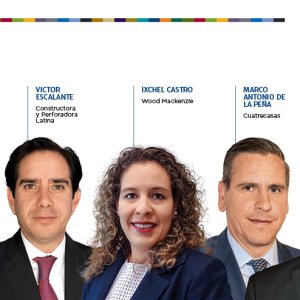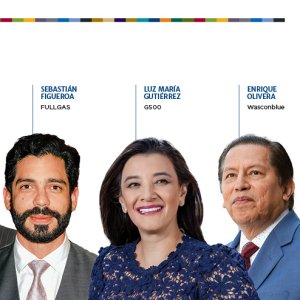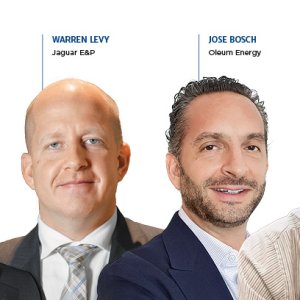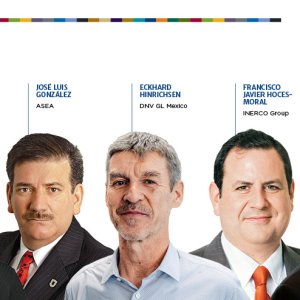
Convergence of Technology, Data, and Healthcare
After presenting the panelists, Paola Abril Campos, Operations Manager at Carlos Slim Institute of Health, opened the second panel of Mexico Health Summit related to the Convergence of Technology, Data, and Healthcare: What the Future Holds. According to Campos, information, health, and technology are three words that are always together nowadays and there is a lot of potential and high expectations regarding reaching new heights to satisfy the demand for innovation in the country. “Our goal is for our patients to achieve the results they want, and for doctors to have the necessary equipment to make the right decisions at the right time,” said Campos.
The moderator began the discussion by asking the panelists how the data, health, and technology environment has evolved in Mexico. The first panelist to answer was Antonio Carrasco Ruiz, CEO of PLM, who stated that technology is a great way to achieve a better healthcare. He claimed that a multilateral relationship exists, including patients, doctors, pharmaceuticals, and all other aspects of the healthcare system, with patients at the center of all other factors. “We can see that the technology already exists, but we still need standardization and a common practice in the entire health ecosystem,” said Marianela Santos, Director General of Orben Communications and Health Angel Monitor Systems. “We still need to increase investment, but right now the most important action will be incorporating technology in the existing process.”
Campos continued by asking the panelists how ready the Mexican infrastructure was to receive these technologies and what could make the integration process easier. To do this, Eduardo Verges, General Manager of Boston Scientific, replied that in general, patients do not yet have access to telehealth or similar technological systems. “We do not have an emergency number or an emergency system that cares for the general public. If we compare ourselves to more developed countries we may find out infrastructure lacking, but we have also underutilized the assets that we do have with state of the art technology.”
According to Santos, telehealth and telemedicine are not new. These services have been available in Europe since 1940, although there is greater access nowadays. “However, without the proper health programs to promote these alternatives, they cannot be a viable option.”
Carrasco elaborated on the importance of showing the public the advantages of these services, while Edna Álvarez, Latin America Manager at Malvern Instruments, stated that Mexico is currently facing a great challenge in terms of scientific education. Finally, Verges gave an example of an IMSS’ initiative called “Project Heart Attack,” in which the institution found out that it had the necessary infrastructure to respond to these situations, but it still had to update its processes to support its technology.
“We need to understand the reality we are living, as well as the integration the sector needs between all its players,” claimed Campos, before asking the other participants how they planned to achieve this kind of synergy.
Verges replied that the country needs more communication between companies, suppliers, and distributors, as well as a better access for the patients. According to him, institutions are creating more transparency, but companies need to seize those opportunities considering the patient as their top priority.
“Even though there is information about every patient, that data is not centralized. Standardization allows companies and pharmaceuticals to offer a better and more transparent service, which is leading us to a future where machines are now starting to make science, taking data directly from the patients,” stated Carrasco.
Santos added that in the US, health institutions have as much information and data management as any bank. “Mexico needs to adopt this vision and adapt its strategies to educate doctors from a business and investment perspective,” she concluded.
